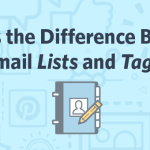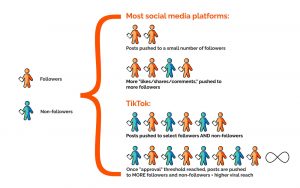You know those images on the homepages of websites that change and promote different things?

We call them “sliders” (or sometimes “carousels”). Have you noticed how ubiquitous sliders have become in website design?
It’s easy to understand why they are so popular. For one thing, they provide a way to double, triple, quadruple (or even more) the usage of a very valuable real estate slot on a page with lots to promote and limited space to do it. They are a great way to switch out content to promote new and timely things like sales and special events.
Also, because they are both prominent and relatively easy to update, changing a slider is a small action that can make big changes to a site to give it an updated look and feel.
So, with all of these advantages, what’s not to like about sliders?
It turns out that sliders really are a mixed blessing.
Here are Erika’s Truths about Sliders:
- Visitors to your site spend very little time accessing your site before moving on, and they aren’t going to spend what little time they have staring at your slider. In all likelihood, they may absorb information from your first slider and perhaps your second, but, frankly, anything after that stands very little chance. Therefore:
- Whatever slide the user sees ends up representing the entirety of what the user considers your company’s raison d’être.
- By virtue of their size and placement, sliders push other content―usually more substantive descriptions―down the page and below the “fold,” i.e., the point beyond which a visitor must scroll in order to access content.
- They increase the load time of the website.
Plus, businesses frequently use them really poorly:

As you will see, I realized while writing this that I am not using the slider on my own site in the best way possible. Oops.
Some things to keep in mind:
- The ease of changing sliders is only an advantage when you actually change them. For most businesses, a small group of sliders become permanent fixtures. (Erika looks down at shoes embarrassed and tries to remember when she last changed her own site’s sliders.)
- I see sliders all the time that don’t have any call to action and don’t invite the user further into the site. They don’t actually go anywhere. (At least we got this part right!)
- “I am interested in that! How do I get back?” (Looking at my own slider and staring at shoes again.) When a site visitor sees something of interest that then goes flying off the page, is there a way to navigate back?
There is at least one usability study that finds that site visitors can sometimes entirely miss information that is placed on a slider.
So, what is my recommendation?
First, ask yourself if you really need a slider or if you are just trying to follow a trend. Then, carefully consider the type of information you need to display on your site and determine if any of that is BEST displayed in a slider.
If you run a bed and breakfast, for example, your slider could have images of different rooms or different angles of the the same room. An art gallery might use a slider to give visitors a preview of the range of works in a current exhibit, while keeping information such as the gallery’s hours and address as static content on the home page.
At Spring Insight, we are increasingly finding that many sites do not meet the criteria for including a slider; this includes the Spring Insight home page. After writing this, I am probably taking the slider off of our site. Many of the sites we are building for clients these days are slider-free.
Sliders can be done well. Just be mindful of how—and why—you are using a slider.
(271)
Report Post




